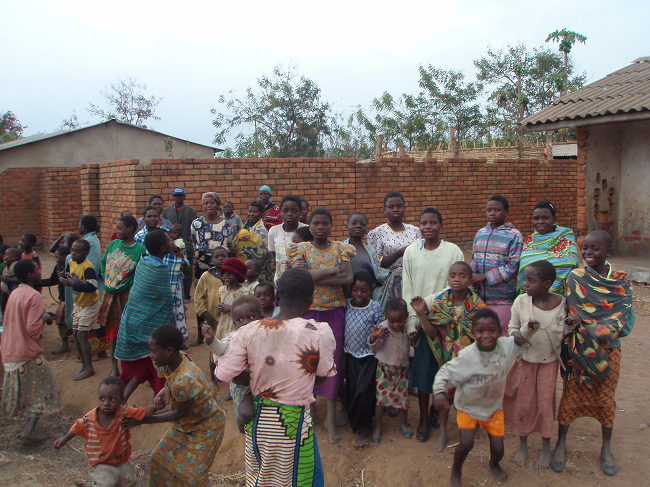A new report “Putting ‘vulnerable groups’ at the centre of adaptation interventions by promoting transformative adaptation as a learning process” has just been published for the Norwegian Agency for Development Cooperation (NORAD). The report was written by Marcus Taylor, Siri Eriksen, Katharine Vincent, Nick Brooks, Morgan Scoville-Simonds and Lisa Schipper. It builds on an earlier study (and then academic paper) that highlighted how adaptation intervention can reinforce, redistribute and create new vulnerabilities.
The report recognises the need for ‘transformative adaptation’ that addresses the root causes of the vulnerability and builds the capacities of impacted populations and communities to engage climate challenges. It thus necessarily requires engagement with governance and institutional questions about whose values and perspectives are embraced within adaptation planning, and considering justice in these processes. The report highlights the kinds of practice that can help avoid maladaptive outcomes and promote transformative adaptation. Through case study examples of projects that – at least partially – embody aspects of a reflexive approach, the paper identifies ‘checklists’ of positive features to encourage and ‘red flags’ to be questioned or
avoided in project proposal evaluation.
Together, the main findings of the report are to identify five key elements of transformative adaptation:
- Make rights and justice the target of adaptation
- Acknowledge power relations
- Embrace knowledge pluralism
- Foster bottom-up coalitions to strengthen local sources of adaptation
- Recognise risks, tradeoffs and unexpected outcomes
Embracing transformative adaptation requires changes in the ways that we support, design and implement adaptation interventions, including how we define what is locally-led, and how we monitor, evaluate and learn from them. It requires – and can be achieved through – learning spaces and mechanisms for reflection and questioning beyond standard project monitoring and evaluation that are more likely to be conducive to transformative adaptation.

